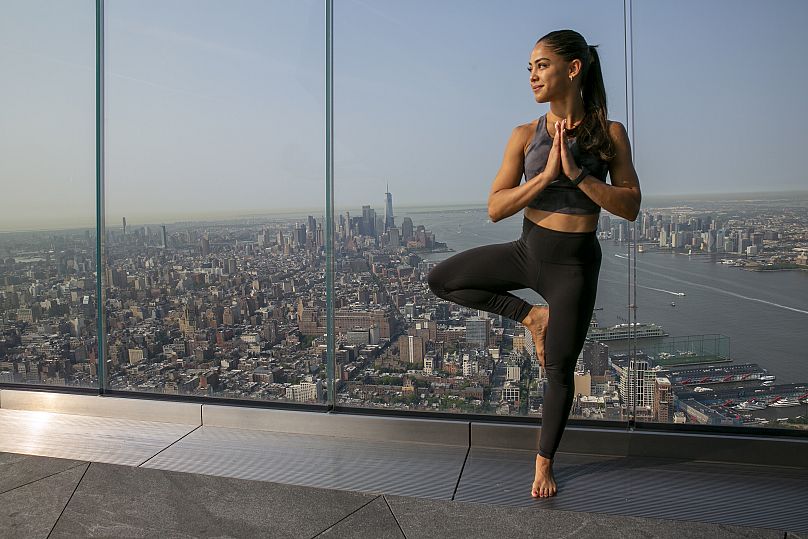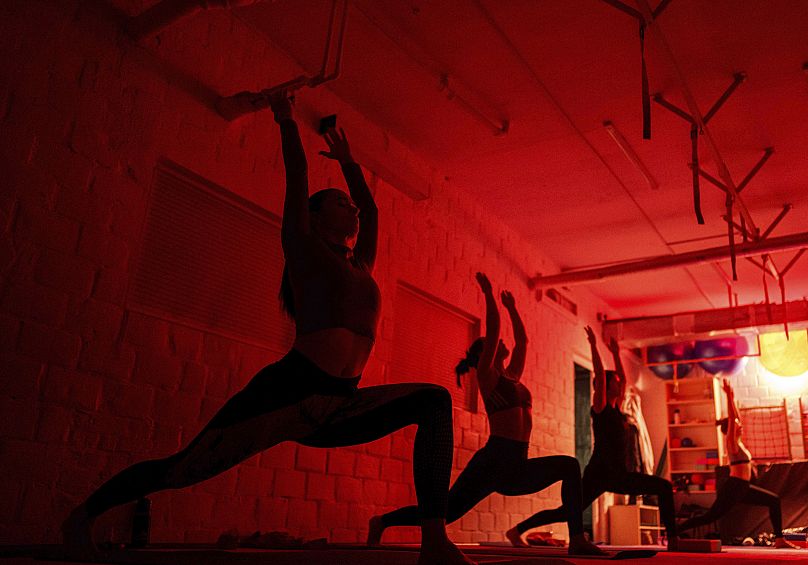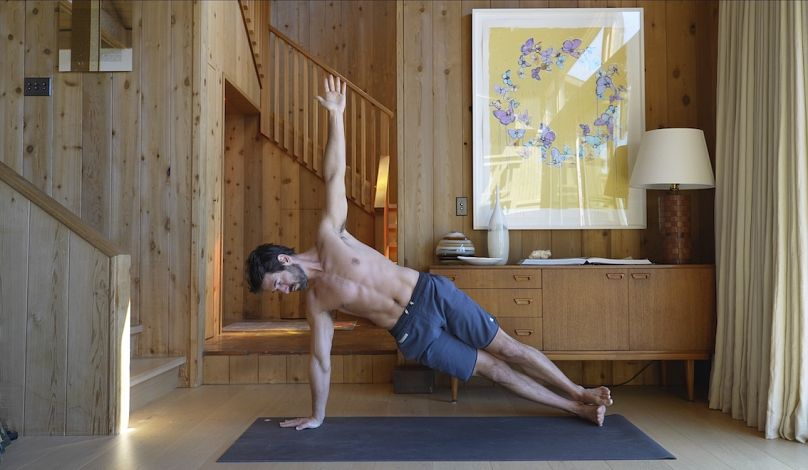When feeling stressed, many people recommend yoga as a way to unwind. Just like taking long walks, enjoying a warm bath, or sipping a soothing cup of tea, yoga is often suggested as a means to relax and recharge, easing the tension of anxiety.
Traditionally, yoga is often associated with dimly lit rooms and downward-facing dogs, but the practice is incredibly diverse, with various instructors incorporating numerous styles, such as hatha, vinyasa, Iyengar, ashtanga, yin, and many others.
Originating in northern India over 5,000 years ago, the term "yoga" was first mentioned in the ancient Hindu scriptures known as the "Rig Veda". Since its global spread over the last century, it has undergone a significant transformation to focus more on physical postures and movement.
At the center of every type of yoga are poses known as asanas, which can range from calm, such as the child's pose, to very energetic, like the handstand scorpion. However, with so many different terms and types, it can become a bit confusing for beginners to determine where to start.
The best approach is the one that suits your needs," said Tim Senesi, who has been teaching yoga in California for the last 22 years. "There are many different paths that can lead to the same ultimate goal.
Here's an overview of several well-known yoga styles and their varying levels of intensity.
The hatha/yin yoga styles
While it might imply a sense of intensity, hatha actually conveys a sense of gentleness and is an excellent choice for beginners. It denotes any type of yoga class that incorporates the aforementioned postures. For instance, it's common for these classes, and many others, to start with what's known as a sun salutation, a foundational sequence of 12 postures.
Hatha yoga classes typically focus on breathing techniques (pranayama), where each pose is held for a few breaths and transitions between poses are made slowly, resulting in a more relaxing and flexible practice that also enhances balance.
Another style, called yin, focuses on recovery by stretching the muscles' connective tissue. Students hold poses for five minutes or more, allowing the body to settle into a pose instead of forcing it.
The vinyasa/ashtanga styles
If you're looking to boost your energy, vinyasa is a more dynamic form of yoga that synchronizes movement with breathing over a series of asanas. Some advanced vinyasa classes involve a steady pace of one movement per breath.
These levels will often be referred to as Flow or Power classes and are well-suited for individuals who are more physically active; however, instructors still advise that students with a higher athletic level begin with a beginner's class.
"I wouldn't recommend starting with a more advanced vinyasa flow class because they won't have the necessary foundation to move safely through it," said Anne Van Valkenburg, a yoga instructor from Lanai, Hawaii, with 18 years of experience in training yoga teachers in a combination of styles.
Another style, Yoga Ashtanga, is similar, but it involves a set series of poses that students repeat day after day, often going at their own pace. As students become stronger, they progress to a higher series with more challenging poses, similar to belt levels in martial arts.
The Iyengar style
To ease the tempo, Iyengar yoga retains the same poses as vinyasa, but at a slower pace – not that it makes it any less challenging.
There is a greater emphasis on precision in each position and fine-tuning the alignment of the body through subtle adjustments. Poses are held for longer periods of time, with a greater reliance on props such as cushions, blocks or straps.
This style offers a more comprehensive fundamental understanding of yoga, making it an ideal starting point for those new to the practice, or anyone recovering from an injury.
A final note to bear in mind
Most yoga instructors combine different styles in their classes, which may not always be clearly described. Although class descriptions can give you an idea of what to expect, it's perfectly fine to ask the instructor more questions if you need clarification.
Start by looking for beginner classes in your area, but if you can't find one, don't be discouraged - many teachers are flexible and will adapt to students of all skill levels. The main thing is to take the first step and experiment with various styles until you find one that suits you.
I feel disheartened when someone tries yoga once or twice and they say, 'I don't enjoy it,'" Van Valkenburg said. "There's just so much to explore, and you might be missing out on something that could greatly benefit your life.
Greetings from the serenity of our lotus position.




